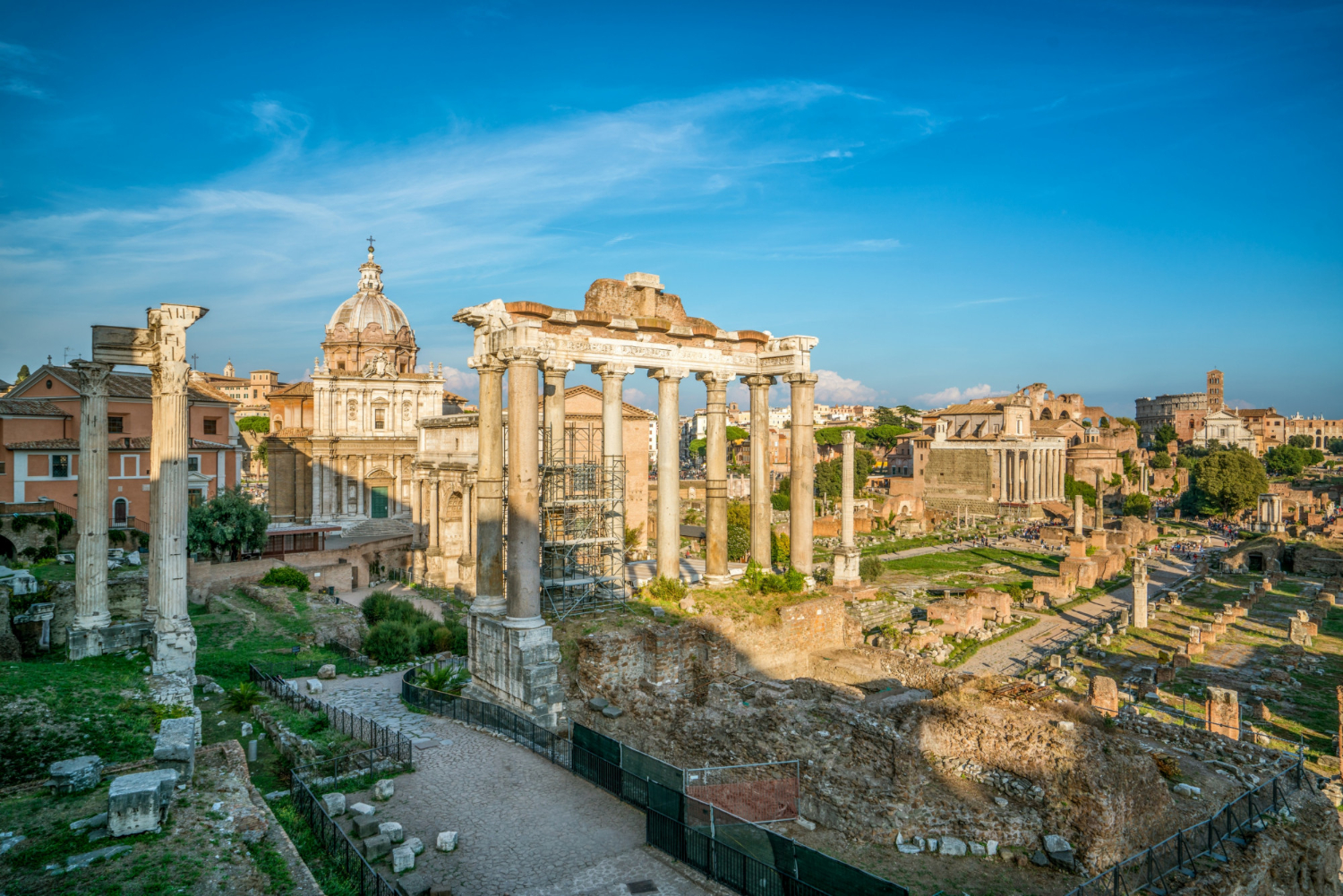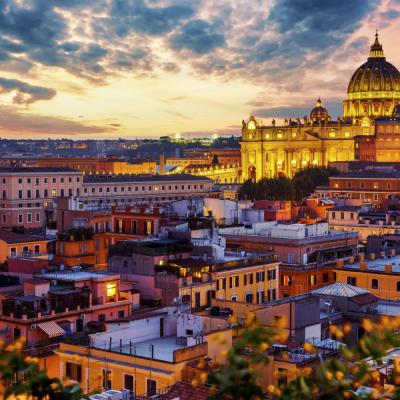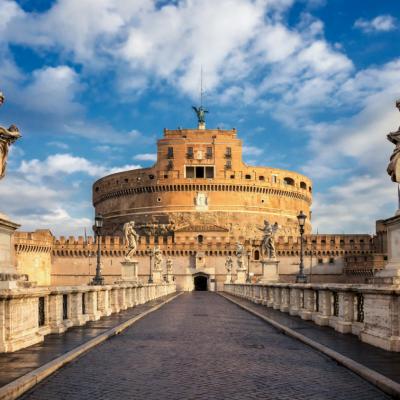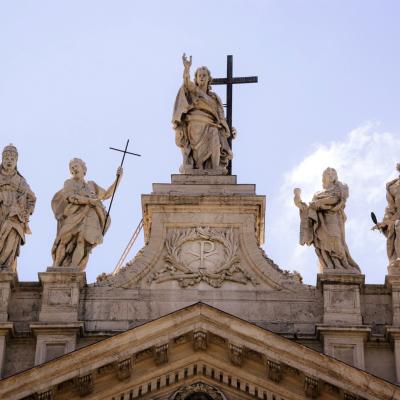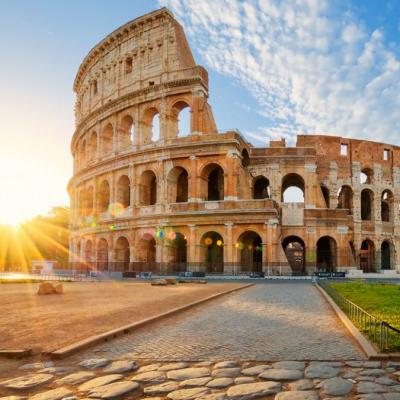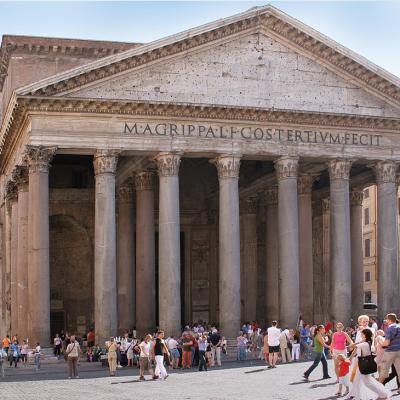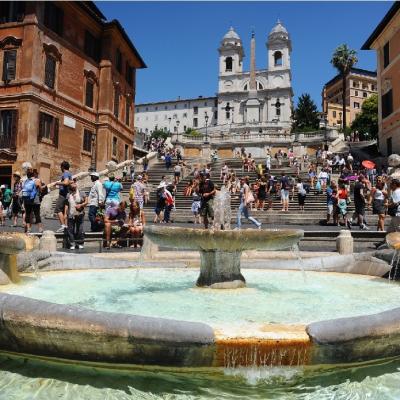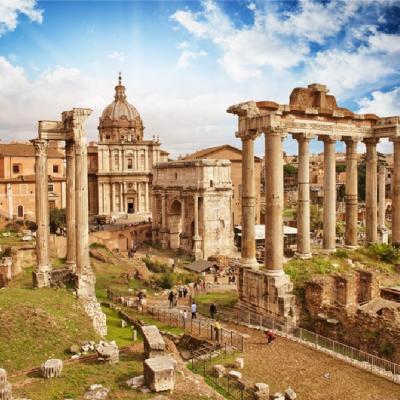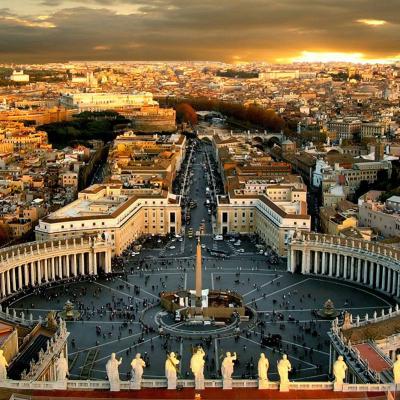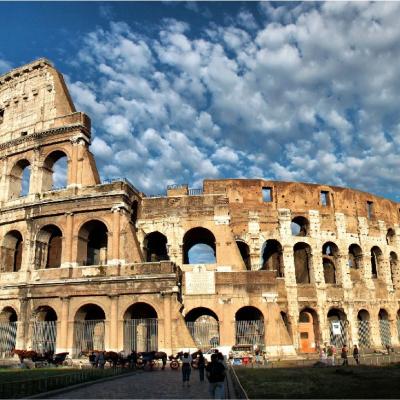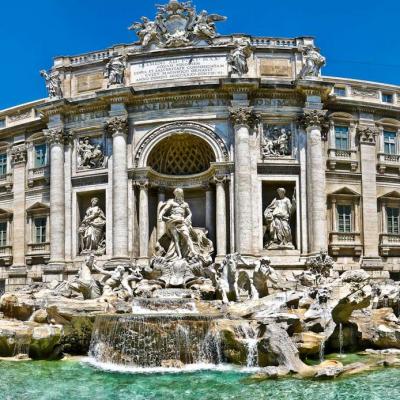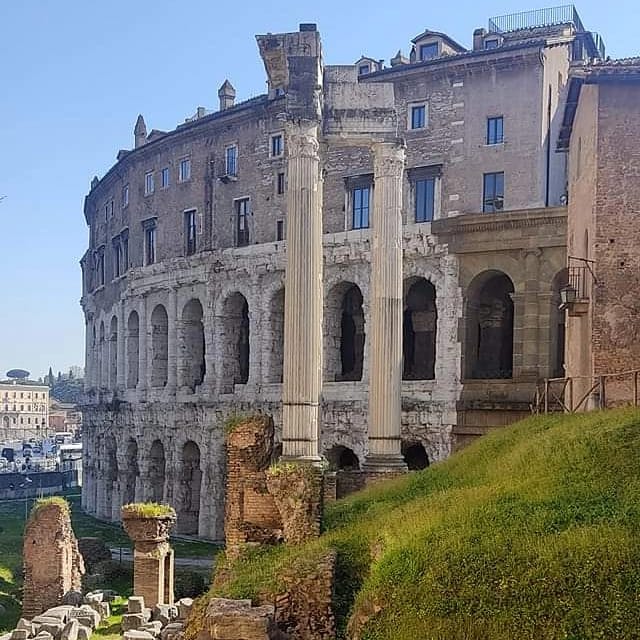
St. Peter's Basilica in the Vatican
The basilica of San Pietro in Vaticano (exact full name: papal archbasilica major of San Pietro in Vaticano) is a Catholic basilica in Vatican City; symbol of the Vatican State, crowned by the monumental Piazza San Pietro. It is the largest of Rome's four papal basilicas, often described as the largest church in the world and the center of Catholicism. However, it is not the cathedral church of the Roman diocese since this title belongs to the basilica of San Giovanni in Laterano, which is also the first in dignity, being the Mother and Head of all the Churches of Rome and the world.
Vatican museums
The Vatican Museums are located in viale Vaticano in Rome, inside the Vatican City State. Founded by Pope Julius II in the 16th century, they occupy a large part of the vast courtyard of the Belvedere and are one of the largest art collections in the world, since they exhibit the huge collection of works of art accumulated over the centuries by Popes: the Sistine Chapel and the papal apartments frescoed by Michelangelo and Raphael are part of the works that visitors can admire on their way. Every year, more than 18 million people admire the masterpieces exhibited in the 7 km of halls and corridors of the Museums, the fourth most visited museum in the world in 2015: in 2015 6,002 251 people were visited, confirming themselves as the most visited museum of the Italian peninsula, since they are located in a territory not belonging to the Italian Republic (in this sense the most visited Italian art museum is the Uffizi Gallery in Florence). On 20 December 2016, Pope Francis appoints director of the Vatican Museums, with effect from 1 January 2017, as deputy director Barbara Jatta, the first woman to take up that position.
Sistine Chapel
The Sistine Chapel, dedicated to Maria Assunta in Cielo, is the main chapel of the apostolic palace, as well as one of the most famous cultural and artistic treasures of the Vatican City, inserted in the path of the Vatican Museums. It was built between 1475 and 1481, at the time of Pope Sixtus IV della Rovere, from which it took its name. It is known all over the world both for being the place where the conclave and other official ceremonies of the Pope are held (in the past also some papal coronations), and for being decorated with one of the most known and celebrated works of art of the artistic civilization western, the frescoes by Michelangelo Buonarroti, which cover the vault (1508-1512) and the back wall (of the Last Judgment) above the altar (1535-1541). It is considered perhaps the most complete and important of that "visual theology, which has been called Biblia pauperum". The walls also preserve a series of frescoes by some of the greatest Italian artists of the second half of the fifteenth century (Sandro Botticelli, Pietro Perugino, Pinturicchio, Domenico Ghirlandaio, Luca Signorelli, Piero di Cosimo and others). There is also a "Sistine Chapel" in the basilica of Santa Maria Maggiore in Rome, built by Sixtus V, and one in the cathedral of Savona, built by Sixtus IV as a mausoleum for his parents.
Colosseo
The Colosseum, originally known as Amphitheatrum Flavium (Italian: Anfiteatro Flavio) or simply as Amphitheatrum, is the largest amphitheater in the world, located in the center of the city of Rome. Able to contain an estimated number of spectators between 50,000 and 75,000 units, it is the most important Roman amphitheater, as well as the most imposing monument of ancient Rome that has come down to us, known worldwide as a symbol of the city of Rome and one of the symbols of Italy.
The Roman Forum
The Roman Forum (in Latin Forum Romanum, although the Romans referred to it more often as Forum Magnum or simply Forum) is an archaeological area of Rome enclosed between the Palatine Hill, the Capitol, Via dei Fori Imperiali and the Colosseum, consisting of the stratification of the remains of those buildings and monuments of heterogeneous eras that for most of Rome's ancient history represented the political, legal, religious and economic center of the city of Rome, as well as the nerve center of the entire Roman civilization.
Trevi Fountain
The Trevi Fountain is the largest and one of the most famous fountains in Rome and among the most famous fountains in the world. The fountain, designed by Nicola Salvi is set against one side of Palazzo Poli (more properly Palazzo Conti di Poli), was started by Nicola Salvi (the competition organized by Pope Clement XII in 1731 had been won by the French sculptor Lambert-Sigisbert Adam, but two versions exist: one states that the pope did not want to entrust the work to a foreigner, the other that Adam had to return to France: consult the article "Adam" on the Treccani encyclopedia or Caroline Brooks in Rome-Paris, Accademia di San Luca, 2016, p. 40) in 1732 and completed in 1762 by Giuseppe Pannini and stylistically belongs to the late Baroque. The fountain was built with travertine, marble, plaster, stucco and metals.
Piazza di Spagna
Piazza di Spagna (in the seventeenth century Piazza di Francia), with the Spanish Steps, is one of the most famous squares in Rome. It owes its name to the palace of Spain, seat of the Iberian state embassy to the Holy See.
Panteon
The Pantheon (in ancient Greek: Πάνθεον [ἱερόν], Pántheon [hierón], «[temple] of all the gods»), in classical Latin Pantheum, is a building from ancient Rome located in the Pigna district in the historic center, built as a temple dedicated to all past, present and future deities. It was founded in 27 BC by the arpinate Marco Vipsanio Agrippa, son-in-law of Augustus. It was rebuilt by the emperor Hadrian between 120 and 124 AD, after the fires of 80 and 110 AD. they had damaged the previous Augustan construction.
Piazza Venezia
Piazza Venezia is a famous square in Rome. It is located at the foot of the Campidoglio, where five of the most important streets of the capital cross: via dei Fori Imperiali, via del Corso, the axis via C. Battisti-via Nazionale, the axis via del Plebiscito-corso Vittorio and via of the Teatro di Marcello.




